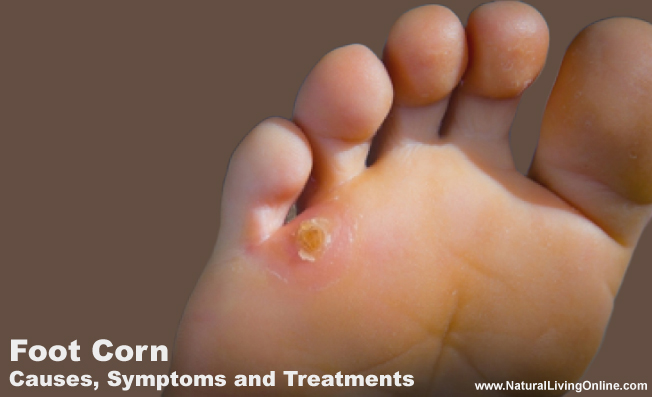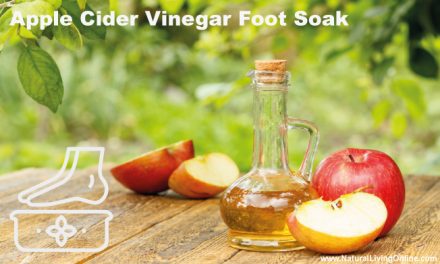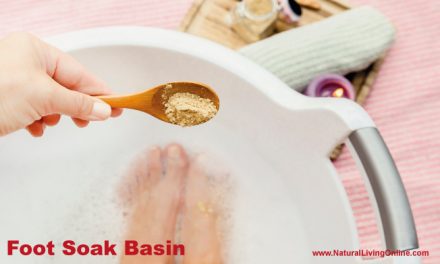Foot corn is a common condition that affects many people worldwide. It is a thickening of the skin on the feet due to constant friction and pressure. Foot corn can be painful and uncomfortable, making it important to understand the causes and treatments.
What is Foot Corn?
Foot corn, also known as a callus, is a thickened and hardened area of skin that develops on the feet due to repetitive friction and pressure. There are two main types of foot corn: hard corns and soft corns. Hard corns usually form on the tops and tips of the toes, while soft corns tend to form between the toes.
Causes of Foot Corn
Foot corns develop due to constant friction and pressure on the feet, leading to thickening of the skin in response to this stress. The pressure can be caused by several factors, including:
Friction and pressure on the feet
Wearing high heels or tight shoes for long periods can contribute to the callus formation and development of corns on the feet. This is because these types of shoes put pressure on specific areas of the feet, which can cause repeated friction and irritation that leads to the formation of corns.
High heels, for example, can cause corns to develop on the tops and sides of the toes. This is because the narrow toe box of a high heel shoe can squeeze the toes together, creating pressure and friction on the skin. Over time, this can cause the skin to thicken and harden, forming a corn.
Similarly, tight shoes can cause corns to develop on the soles of the feet. When the shoes are too tight, they can rub against the skin and create friction, leading to the formation of a corn. This is especially true in areas where the skin is already thickened or callused, such as the ball of the foot or the heel.
In addition to causing corns, wearing high heels or tight shoes can also exacerbate existing corns, making them more painful and difficult to treat. This is because the pressure and friction created by these types of shoes can both seed corns and irritate the skin around the corn, causing it to become inflamed and swollen.
Abnormalities in foot structure
Foot corns can develop due to abnormalities in the structure of the feet, such as flat feet or high arches. These abnormalities can cause uneven pressure distribution on the feet, leading to foot corns.
Other underlying medical conditions
Certain medical conditions can increase the risk of developing foot corns, including diabetes, arthritis, and circulatory problems. These conditions can affect blood flow to the feet, making it more difficult for the skin to heal and causing foot corns to develop.
It is important to address the underlying cause of foot corns to prevent their recurrence. Avoiding tight or ill-fitting shoes, maintaining proper foot hygiene, and regularly moisturizing the feet can help reduce the risk of developing foot corns. Seeking professional treatment for underlying medical conditions that contribute to foot corn development can also help prevent their occurrence.
Symptoms of Foot Corn
Foot corns can cause a range of symptoms, depending on the severity of the condition. Here are some common symptoms associated with foot corns:
Painful areas on the feet
Foot corns can cause painful areas on the feet that are sensitive to pressure. The foot pain can range from mild to severe and may be accompanied by a burning or stinging sensation.
Discomfort while walking or standing
Foot corns can make it uncomfortable to walk or stand for extended periods. The discomfort may be due to the pressure applied to the corn when walking or standing.
Thickened and rough skin
Foot corns can cause the skin to thicken and become rough or hardened. The skin of calluses corns may have a yellow or grayish appearance and may feel lumpy or bumpy to the touch.
It is important to note that foot corns can be confused with other foot conditions, such as calluses or warts. Calluses are areas of thickened skin that are not painful, while warts are caused by a viral infection and can be contagious. If you are unsure if you have foot corns and calluses, it is recommended that you consult with a healthcare provider for proper diagnosis and treatment.
Treatment for Foot Corn
The treatment for foot corns depends on the severity of the condition and the underlying cause. Here are some common treatments for foot corns:
Padding
Padding can be applied to the foot corn to reduce pressure and friction on the affected area. This can be done with wearing shoes with adhesive corn pads or felt pads.
Footwear changes
Wearing shoes which are comfortable and properly fitting can help reduce pressure on the feet and prevent the development of foot corns. In some cases, a podiatrist may recommend you wear shoes with custom orthotics or shoe inserts to address underlying foot structure abnormalities. Wearing socks may also help to keep your feet comfortable.
Trimming
Trimming the hardened layers of corn with a pumice stone or a foot file can help reduce the thickness of the skin and relieve pain. It is important to avoid cutting the corn too deeply, as this can cause bleeding and increase the risk of infection.
Medications
Over-the-counter medications for foot care such as salicylic acid can be applied topically to the corn to dissolve the thickened skin and treat corns. In severe cases, a podiatrist may prescribe medication to help reduce pain and inflammation.
Surgery
Surgery is usually only considered in severe cases where other treatments have been unsuccessful. A podiatrist may perform a surgical procedure to remove the corn and correct underlying foot structure abnormalities.
It is important to seek professional medical advice before attempting to treat foot corns at home, especially if you have a pre-existing medical condition or are taking medication. Home remedies may provide temporary relief but may not address the underlying cause of the condition.
In more severe cases, professional treatment options may be required. A podiatrist can diagnose and treat foot corn, and surgery may be necessary to remove it. In some cases, orthotics may be required to correct foot abnormalities that contribute to foot corn development.
Natural Home Remedies For Foot Corn
There are several natural home remedies that can be used to treat corns. While these remedies may not work for everyone and may not be effective in severe cases, they can provide relief for mild to moderate foot corns. Here are some natural home remedies for corns:
Foot Soak

A foot soak is a simple, relaxing treatment that involves soaking the feet in a warm, soothing solution. Foot soaks can help to soften and moisturize the hardened skin, making it easier to remove foot corns and it soothes foot pain. There are several different types of foot soaks that can be used for this purpose, each with its own unique benefits.
One of the most popular foot soak solutions for treating foot corns is warm water mixed with Epsom salt. Epsom salt is a natural mineral compound that can help to reduce inflammation and relieve pain. To make an Epsom salt foot soak, simply fill a basin with warm water and add a half cup of Epsom salt. Soak your feet in the solution for 15-20 minutes, and then use a pumice stone or foot file to gently scrub away the dead skin.
Another effective foot soak solution for foot corns is apple cider vinegar. Apple cider vinegar is a natural acid that can help to soften and exfoliate the skin. To make an apple cider vinegar foot soak, mix equal parts apple cider vinegar and warm water in a basin. Soak your feet in the solution for 15-20 minutes, and then use a pumice stone or foot file to gently remove the dead skin.
Tea tree oil is another natural remedy that can be used to treat foot corns. Tea tree oil has antiseptic and anti-inflammatory properties that can help to reduce pain and inflammation associated with foot corns. To make a tea tree oil foot soak, add a few drops of tea tree oil to warm water in a basin. Soak your feet in the solution for 15-20 minutes, and then use a pumice stone or foot file to gently exfoliate the skin.
Overall, foot soaks can be a very effective way to treat foot corns. They are easy to make at home and can be customized with various ingredients to suit your individual needs. Foot soaks can also be a relaxing and rejuvenating experience, providing a much-needed break from the discomfort and pain associated with foot corns.
Pumice stone
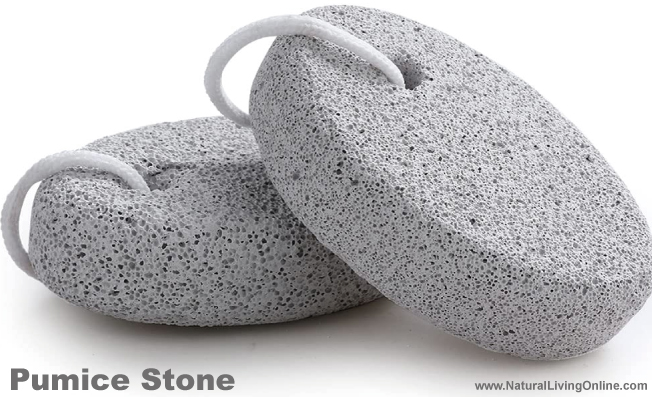
A pumice stone is a natural volcanic rock that is often used for corn treatment. It is a porous, lightweight stone that is perfect for gently exfoliating and smoothing the skin on the feet. When used correctly, it can help to reduce the size and discomfort of foot corns.
To use a pumice stone for foot corns, follow these simple steps:
- Soak your feet in warm water for 10-15 minutes to soften the skin. You can add Epsom salt, apple cider vinegar, or other ingredients to the water to enhance the effectiveness of the soak. It will soften the hard skin of painful corn.
- After soaking, dry your feet and the pumice stone with a towel.
- Gently rub the pumice stone back and forth over the foot corn in circular or sideways motions, applying light pressure to remove dead skin. Avoid using excessive force, as this can cause irritation or injury to the skin. Avoid the surrounding skin.
- Continue rubbing the stone over the foot corn for several minutes, or until the skin begins to feel smoother.
- Rinse your feet with warm water and dry them with a towel.
- Apply a moisturizing lotion or cream to the skin to help prevent further drying and cracking.
It is important to note that while a pumice stone can be an effective tool for treating foot corns, it should be used with caution. Overuse or excessive pressure can cause damage to the skin, leading to further discomfort or infection. It is also important to regularly clean and sanitize the pumice stone to prevent the spread of bacteria or fungus. You may use emery board instead if pumice stone is not available.
Tea tree oil
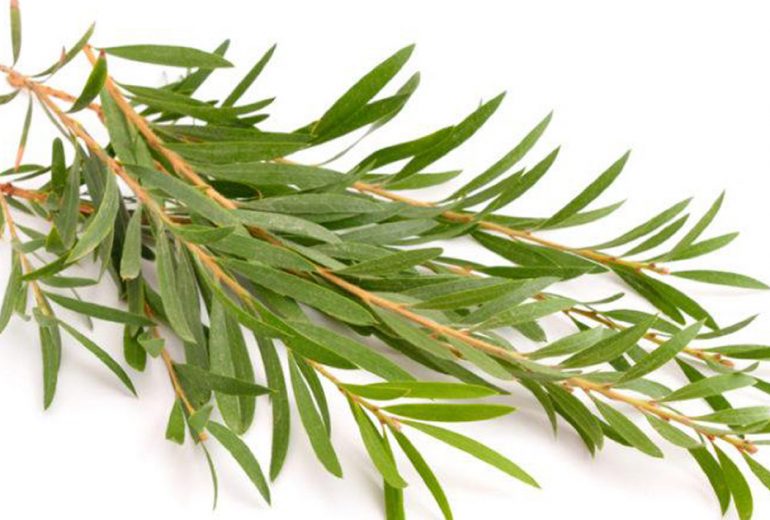
Tea tree oil is a natural essential oil that has been used for centuries to treat a variety of ailments. Its antifungal, antibacterial, and anti-inflammatory properties make it a popular choice for treating foot corns. Tea tree oil can help to soothe and heal the skin, reduce inflammation, prevent infection, and good pain relief.
To use tea tree oil for foot corns, follow these simple steps:
- Dilute the tea tree oil with a carrier oil, such as coconut oil or olive oil. The recommended ratio is 1-2 drops of tea tree oil per tablespoon of carrier oil.
- Gently massage the oil into the skin, applying light pressure.
- Cover the foot corn with a bandage or gauze to allow the oil to absorb and work its magic.
- Leave the bandage on for several hours or overnight.
- Repeat this process daily until the foot corn has healed.
It is important to note that tea tree oil should always be diluted before use, as it can cause skin irritation or allergic reactions when used undiluted. It should also be used with caution in people with sensitive skin, as it may cause redness, itching, or other adverse reactions.
Aloe Vera and Lemon Juice
Aloe vera and lemon juice are both natural remedies that can be used to treat foot corns. Aloe vera has soothing and healing properties, while lemon juice contains natural acids that can help to exfoliate and soften the skin.
To use aloe vera and lemon juice for foot corns, follow these simple steps:
- Cut a fresh aloe vera leaf and extract the gel from inside. You can also use store-bought aloe vera gel, but make sure it is pure and does not contain any added ingredients.
- Mix the aloe vera gel with an equal amount of freshly squeezed lemon juice.
- Soak your feet in warm water for 10-15 minutes to soften the skin.
- After soaking, dry your feet and apply the aloe vera and lemon juice mixture to the foot corn using a cotton swab or clean cloth.
- Gently massage the mixture into the skin, applying light pressure.
- Cover the foot corn with a bandage or gauze to allow the mixture to absorb and work its magic.
- Leave the bandage on for several hours or overnight.
- Repeat this process daily until the foot corn has healed.
It is important to note that lemon juice can cause skin irritation or allergic reactions in some people, especially those with sensitive skin. If you experience any redness, itching, or other adverse reactions, discontinue use and consult with a healthcare professional.
It is important to note that natural remedies may not work for everyone and may take longer to show results than professional treatment options. It is essential to consult with a healthcare provider before trying any new treatment, especially if you have a pre-existing medical condition or are taking medication.
Prevention of Foot Corn
Preventing foot corn is essential to avoid the recurrence of the condition. Proper footwear choices are vital, and it is essential to avoid wearing tight or ill-fitting shoes for extended periods. Wear comfortable shoes with socks to prevent corns. Maintaining proper foot hygiene by washing and drying the feet regularly, as well as regularly moisturizing feet, can help prevent foot corn. Regular foot exams can also help detect and prevent foot corn from developing.
Conclusion
Foot corn is a common condition that can be uncomfortable and painful. Understanding the causes and treatment options can help individuals manage and prevent the condition. It is essential to seek medical attention if foot corn persists, as severe cases may require professional treatment. By taking preventative measures, individuals can avoid the recurrence of foot corn and enjoy healthy and pain-free feet.
References
How to treat foot corn – American Academy of Dermatology
This website does not provide medical advice.
All information provided on this website, and on associated social media networks, including but not limited to texts, images, and numbers are for general information purpose only. It is not intended as medical advice and it does not include all possible precautions, side effects, or interactions that may occur. Neither NaturalLivingOnline.com nor its author/founder take responsibility for how you use this information. Statements contained on NaturalLivingOnline.com have not been evaluated by the FDA. You should conduct thorough research via multiple sources and consult your physician or qualified doctor before using any essential oil or herbal remedy. Information on NaturalLivingOnline.com must not be relied upon for medical, legal, financial or other decisions.

